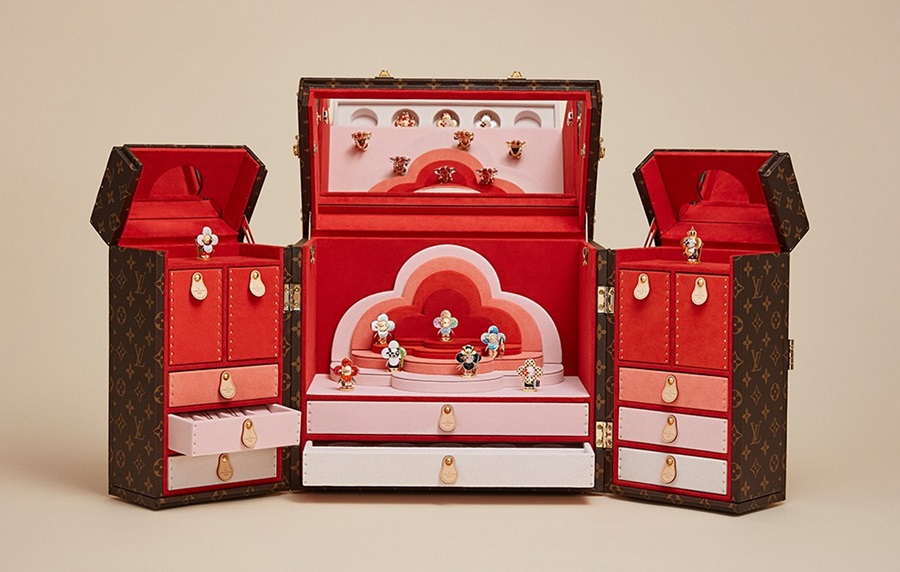You can share
- Share to Facebook
- Share to Google+
- Subscribe to our
- Share to Linkedin
- Share to Twitter

When customizing jewelry boxes, incorporating cultural and traditional elements from different regions into the design can add unique artistic value and cultural connotations to jewelry boxes. Here are some methods and considerations:
1. Research regional cultural characteristics: Understand the cultural symbols, historical stories, religious beliefs, and artistic styles of different regions. For example, patterns such as dragons, phoenixes, and lotus flowers in Chinese culture, the Chinese character for blessing, or family emblems and religious symbols in Western culture are reinterpreted with modern graphic design techniques and transformed into the appearance patterns or decorative elements of jewelry boxes.
2. Choose materials with regional characteristics: Use materials from specific regions, such as Chinese cloisonné, Japanese lacquerware, and Indian gem inlays, which themselves have strong regional characteristics.

3. Innovative applications of traditional crafts: Use traditional crafts such as filigree inlay, engraving, and enamel, which are often closely related to specific regions or cultures and can show the unique charm of jewelry boxes. Utilize traditional crafts such as Chinese cloisonné, Japanese lacquer art, and Indian miniature painting, combined with modern manufacturing technology, to create jewelry boxes with traditional charm.
4. Color and pattern design: Colors have different symbolic meanings in different cultures, such as red in China represents joy, while black may symbolize authority in some cultures. Pattern design can also reflect regional characteristics, such as Chinese cloud-thunder patterns and Western Baroque-style patterns.
5. Personalized customization: Communicate with customers to understand their personal preferences and cultural backgrounds, and integrate these elements into jewelry box design in a personalized way, making each jewelry box a unique work of art.

6. Consider the combination of functionality and aesthetics: While maintaining the functionality of the jewelry box, ensure the harmonious unity of design aesthetics and cultural elements, making it both practical and ornamental.
7. Storytelling: Inject storytelling into the jewelry box design, such as taking the legends or historical events of a specific region as inspiration, so that the jewelry box is not only a container for storing jewelry but also a cultural heritage and storyteller.
8. Fusion of modernity and tradition: Find the balance between modern aesthetics and traditional culture in the design, so that the jewelry box has both traditional charm and modernity.
Through the above methods, when customizing jewelry boxes, we can well associate the cultural and traditional elements of different regions, and create works with profound cultural heritage and artistic value. Customized jewelry boxes can not only meet functional needs but also become a medium for conveying cultural and artistic values, providing consumers with a unique aesthetic experience and cultural identity.